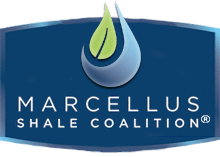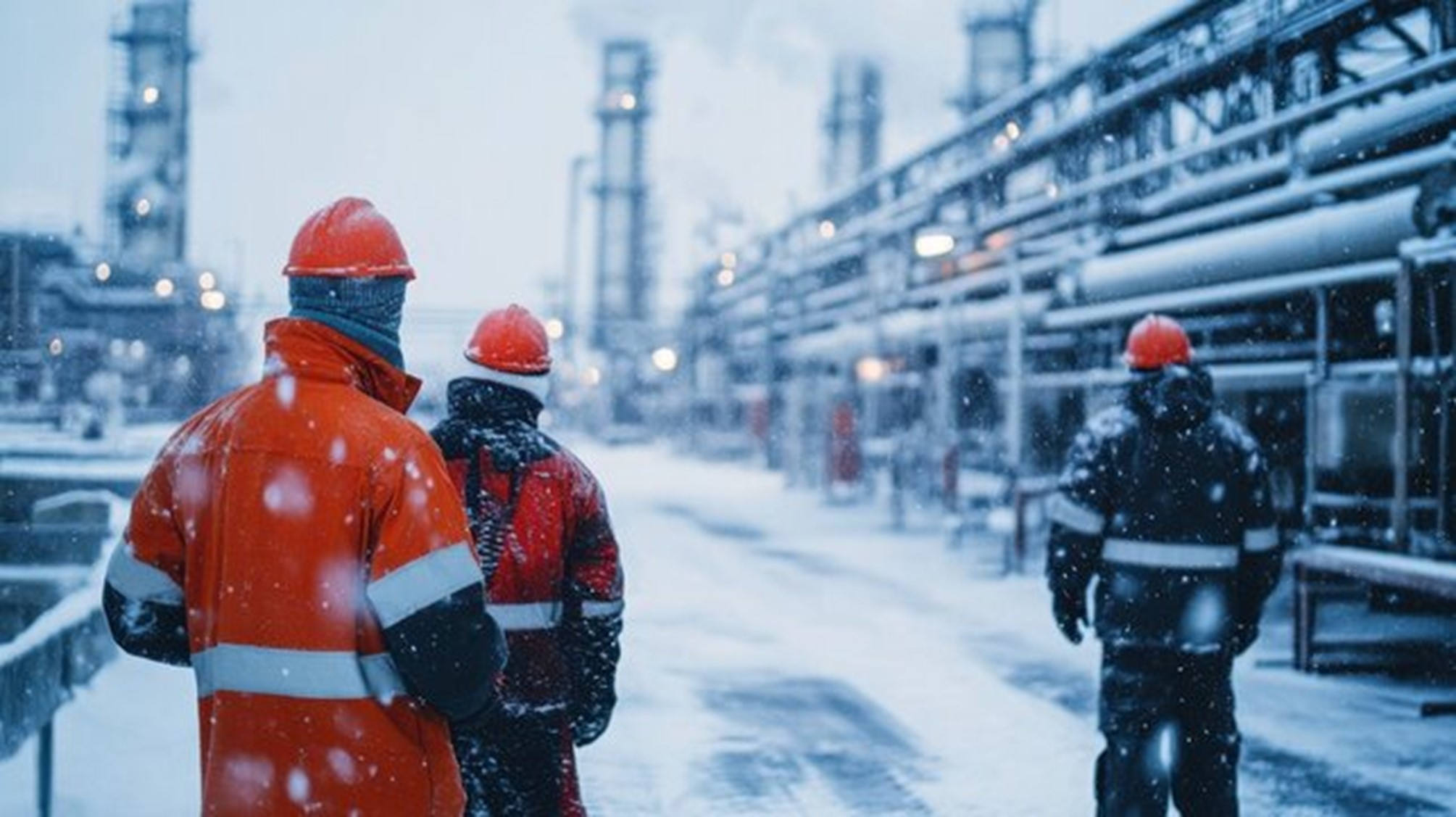As winter weather grips most of the country, the natural gas industry is ramping up efforts to ensure safety, reliability and efficiency during the most challenging months of the year. With proactive planning and maintaining continuous operations of natural gas facilities at its core, the Marcellus Shale Coalition’s Winterization Recommended Practices offer a comprehensive look at how operators prepare to deliver life-saving energy during the season’s coldest and most unpredictable days.
Worker Safety Takes Center Stage
In freezing conditions, worker safety is paramount. Operators prioritize cold-weather training and equip personnel with protective clothing and gear, ensuring teams remain safe and productive in harsh environments. Emergency kits for remote sites and enhanced driving safety protocols further support teams navigating winter challenges.
MSC strongly emphasizes the importance of planning in advance, and reviewing company-specific protocols annually, for extreme cold preparation. Specific considerations for the industry include:
- Move carefully to avoid slips or falls, and vehicle operators should reduce speed and exercise caution near personnel and equipment.
- Keep walkways and stairs clear and de-iced, follow three-point contact rules, and wear gloves when handling metal surfaces.
- Provide cold weather training on safety hazards and cold-related illnesses for outdoor workers.
- Ensure access to appropriate cold-weather clothing, such as coats, hats, gloves, and boots, while adhering to flame-resistant clothing policies.
- Identify warm-up locations for those working in extreme cold for extended periods.
Infrastructure & Equipment Resilience
Maintaining operations during subzero temperatures requires robust systems. Natural gas upstream, midstream and transmission operators implement facility-level measures such as deploying backup power systems, which are essential for minimizing disruptions and keeping gas flowing to millions of homes and businesses. Some of these recommended practices include:
- Upstream facilities: Before freezing conditions, drain water from critical facilities and equipment like well cellars, sand separator skids, gas processing units, and containment tanks. Check chemical levels, install sentry valves if needed and protect wellhead components with wind-blocking covers or insulation after confirming no leaks. Grease key valves, verify glycol levels, ensure proper dump line setup and store methanol in metal cans to prevent freezing and maintain functionality.
- Midstream facilities: Empty containment and condensate tanks to prevent spills during freeze events. Check methanol levels, test injection pumps, fill drip bottles and maintain supplies on-site. Start dehydration equipment, pig pipelines if needed and use heaters as required. Drain drip bottles, adjust internal fans to manage temperatures and shut off water supplies to spigots prone to freezing.
Communication: The Key to Coordination
Seamless communication is critical in winter operations. The Recommended Practices emphasize the need for clear internal and external communication plans. This ensures that all stakeholders—from field workers to local communities—are informed and prepared for potential weather impacts.
Select internal and external communication considerations include:
- Maintain a centralized command location to track on-site personnel during extreme cold events.
- Schedule regular check-ins between on-site and off-site teams for updates, safety accountability, and critical communications.
- Quickly relay facility performance issues to relevant company personnel. Prepare a list of external stakeholders, including regulators, emergency responders, and customers, for use during cold weather events.
The Bigger Picture
The natural gas industry’s commitment to winter preparedness reflects its broader role in providing reliable energy during high-demand periods. By focusing on proactive planning and investment in safety measures, the industry ensures it remains a cornerstone of winter energy security.
For a deeper dive into the specific practices outlined, read the full Winterization Recommended Practices here.





